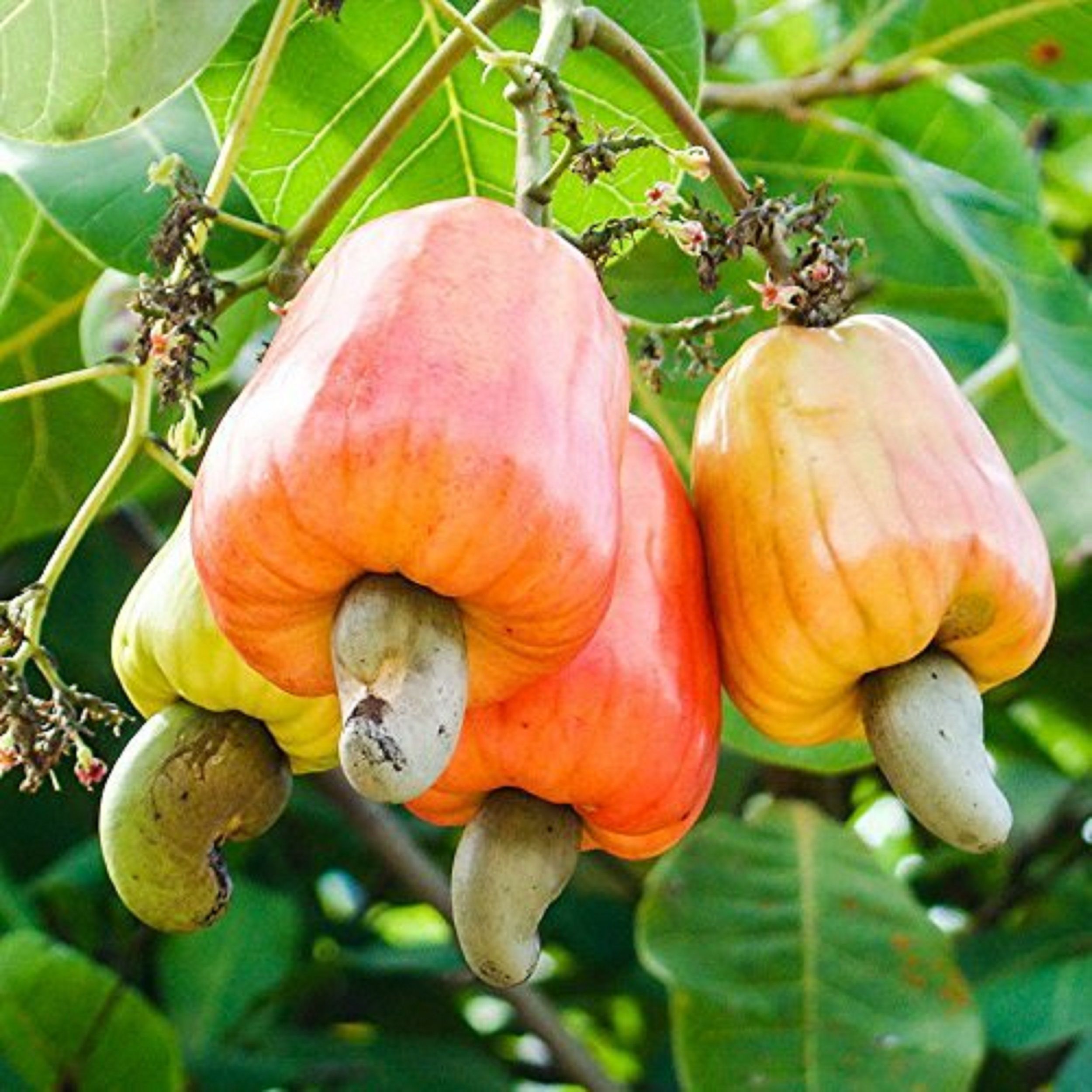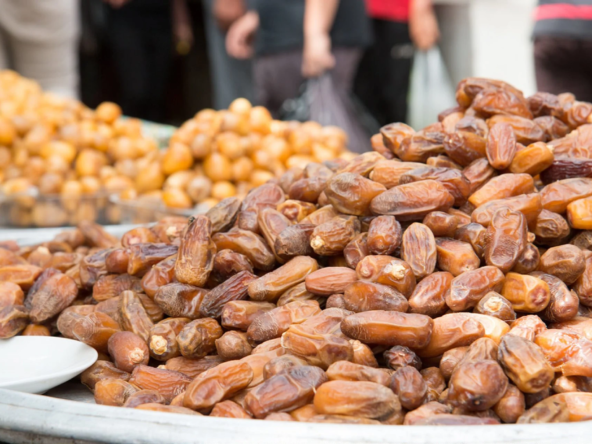The global cashew nut market has experienced significant changes over the past few years, influenced by various factors such as evolving consumer preferences, supply chain dynamics, and shifts in production. Cashew nuts, once considered a niche product, have now become a staple in the global snack industry, with increasing demand in various regions including North America, Europe, and Asia. This article delves into the current trends in the global cashew nut market, focusing on demand, supply, and pricing, and explores the challenges and opportunities faced by stakeholders across the value chain.
Overview of the Global Cashew Nut Market
Cashew nuts are derived from the cashew tree (Anacardium occidentale), which is native to Brazil but is now widely cultivated in tropical regions worldwide. The primary cashew-producing countries include Vietnam, India, Nigeria, and Ivory Coast, which collectively account for the majority of global production. Cashew nuts are valued not only for their rich taste but also for their nutritional benefits, being a source of healthy fats, proteins, and essential minerals.
The global cashew nut market is segmented into two main categories: raw cashew nuts (RCNs) and processed cashew kernels. Raw cashew nuts are typically exported from producing countries to processing countries, where they are shelled and processed into kernels before being sold to consumers. The market for cashew kernels is further segmented into different grades based on size, color, and quality, which influence their pricing.
Current Demand Trends
- Rising Health Consciousness: One of the most significant factors driving demand for cashew nuts is the growing awareness of health and wellness among consumers. As more people adopt healthier eating habits, there is an increasing demand for nutritious snacks that are high in protein and healthy fats but low in sugar and unhealthy fats. Cashew nuts, with their rich nutritional profile, are increasingly being incorporated into diets worldwide, especially in developed markets like the United States and Europe.
- Growth in Plant-Based Diets: The rise of plant-based diets is another trend contributing to the growing demand for cashew nuts. Cashews are commonly used in vegan and vegetarian diets as a source of plant-based protein and as a substitute for dairy products. Cashew milk, cheese, and yogurt have gained popularity as alternatives to traditional dairy products, further driving demand for cashew nuts.
- Expansion of Snack Industry: The snack industry has seen a surge in demand for healthier options, with consumers increasingly opting for nuts, seeds, and dried fruits over traditional snacks like chips and cookies. Cashew nuts, often marketed as a premium snack, have benefited from this trend. In addition, the growing popularity of trail mixes, energy bars, and other snack products that include cashews as a key ingredient has further fueled demand.
- Increasing Demand in Emerging Markets: While developed markets continue to dominate the demand for cashew nuts, emerging markets in Asia and Africa are also showing strong growth. Rising incomes, urbanization, and changing dietary habits in these regions are leading to increased consumption of cashew nuts. In particular, China and India have seen a significant rise in demand for cashews, driven by the expanding middle class and growing interest in health and wellness.
Supply Trends and Challenges
- Production Concentration in a Few Countries: The global supply of cashew nuts is highly concentrated, with a few countries dominating production. Vietnam, India, Ivory Coast, and Nigeria are the top producers, together accounting for over 70% of global production. This concentration makes the supply chain vulnerable to disruptions caused by factors such as weather conditions, political instability, and changes in government policies.
- Climate Change and Its Impact on Production: Climate change poses a significant threat to cashew nut production. Changes in temperature and rainfall patterns can adversely affect the growth and yield of cashew trees. For instance, in West Africa, where a significant portion of the world’s cashews are grown, erratic rainfall and prolonged droughts have led to lower yields in recent years. This has resulted in supply shortages and increased prices.
- Labor Shortages and Rising Costs: The cashew nut industry is labor-intensive, particularly in the processing stage, which involves shelling and peeling the nuts. In many producing countries, labor shortages and rising labor costs are becoming a major challenge. In India, for example, the cashew processing industry has been facing difficulties due to a lack of skilled labor and increasing wages, which have driven up production costs.
- Sustainability Concerns: As consumers become more conscious of the environmental and social impact of their purchases, there is growing demand for sustainably produced cashew nuts. This has led to an increase in certification schemes and initiatives aimed at promoting sustainable practices in the cashew supply chain. However, implementing sustainable practices can be costly, and not all producers can afford the necessary investments, leading to disparities in the market.
- Impact of COVID-19 Pandemic: The COVID-19 pandemic had a significant impact on the global cashew nut market. Disruptions in the supply chain, including transportation challenges and labor shortages, led to delays in processing and exporting cashew nuts. Additionally, lockdowns and restrictions in many countries resulted in reduced demand from the foodservice sector, which is a major consumer of cashew nuts. Although the market has shown signs of recovery, the pandemic has highlighted the vulnerabilities in the cashew supply chain.

Pricing Trends
- Fluctuations in Raw Cashew Nut Prices: The price of raw cashew nuts (RCNs) is influenced by various factors, including supply levels, demand, production costs, and exchange rates. Over the past few years, RCN prices have been volatile, with fluctuations driven by changes in production levels in major producing countries. For instance, poor harvests in West Africa due to unfavorable weather conditions have led to supply shortages and higher RCN prices.
- Impact of Currency Exchange Rates: Currency exchange rates play a significant role in the pricing of cashew nuts, particularly in countries where the local currency is weak against the U.S. dollar. For example, in Nigeria, a major exporter of raw cashew nuts, the devaluation of the Naira has led to higher export prices, making Nigerian cashews less competitive in the global market. Conversely, a strong U.S. dollar can make imports more expensive for cashew-consuming countries, affecting demand.
- Rising Processing Costs: The cost of processing cashew nuts has been increasing due to factors such as labor shortages, rising wages, and higher energy costs. These rising costs are often passed on to consumers in the form of higher prices for processed cashew kernels. In India, one of the largest processors of cashew nuts, the industry has been grappling with rising costs, which has put pressure on profit margins and led to higher prices for consumers.
- Shift Towards Premium Pricing: With the growing demand for premium and organic cashew nuts, there has been a shift towards higher pricing for these products. Consumers are willing to pay a premium for high-quality, sustainably produced cashew nuts, which has led to the development of niche markets for organic and fair-trade cashews. This trend is particularly evident in developed markets like the United States and Europe, where health-conscious consumers are driving demand for premium products.
- Market Speculation and Price Volatility: Speculation in the cashew nut market can lead to price volatility, particularly in the case of raw cashew nuts. Traders and speculators often buy large quantities of RCNs in anticipation of future price increases, driving up prices in the short term. This can lead to volatility in the market, with prices fluctuating based on speculative activities rather than actual supply and demand dynamics.
Future Outlook
- Expansion of Cashew Production in Africa: Africa is poised to play a more significant role in the global cashew nut market, with several African countries, including Ghana, Tanzania, and Mozambique, increasing their production and processing capacities. The African Cashew Alliance (ACA) has been working to promote the development of the cashew sector in Africa, with a focus on increasing local processing and adding value to raw cashew nuts before export. This could lead to a shift in the global supply chain, with Africa becoming a major player in both the production and processing of cashew nuts.
- Technological Advancements in Processing: Technological advancements in cashew nut processing are expected to improve efficiency and reduce costs in the industry. Automation and mechanization of the shelling and peeling processes can help address labor shortages and reduce the reliance on manual labor. Additionally, innovations in processing techniques can improve the quality of cashew kernels, leading to higher prices for premium-grade nuts.
- Growing Importance of Sustainability: Sustainability is likely to become an increasingly important factor in the cashew nut market, with consumers, retailers, and processors all demanding more transparency and accountability in the supply chain. The adoption of sustainable practices, such as agroforestry, organic farming, and fair trade certification, will be crucial for the long-term viability of the cashew industry. Companies that can demonstrate their commitment to sustainability are likely to gain a competitive advantage in the market.
- Potential for Market Diversification: As the demand for cashew nuts continues to grow, there is potential for market diversification beyond the traditional snack industry. Cashews are increasingly being used in a variety of products, including dairy alternatives, confectionery, and cosmetics. The versatility of cashew nuts makes them an attractive ingredient for a wide range of applications, opening up new opportunities for growth in the market.
- Impact of Trade Policies and Tariffs: Trade policies and tariffs will continue to play a significant role in shaping the global cashew nut market. Changes in import and export tariffs, trade agreements, and regulations can have a major impact on pricing and trade flows. For example, trade tensions between major economies or changes in trade policies in key producing or consuming countries could influence the dynamics of the cashew market.
Conclusion
The global cashew nut market is characterized by a complex interplay of demand, supply, and pricing dynamics. The rising demand for healthy and nutritious snacks, coupled with the growth of plant-based diets and expanding snack industries, has driven up the consumption of cashew nuts worldwide. However, the industry faces challenges related to production concentration, climate change, labor shortages, and rising costs. Pricing trends have been influenced by fluctuations in raw cashew nut prices, currency exchange rates, processing costs, and market speculation.
Looking ahead, the cashew nut market is expected to continue evolving, with opportunities for growth in emerging markets, advancements in processing technology, and increasing emphasis on sustainability. As the industry navigates these trends and challenges, stakeholders will need to adapt and innovate to ensure a stable and prosperous future for the global cashew nut market.
Ajigofarms is a reliable global agricultural purchase sourcing with profound expertise in the manufacturing, and exportation of food crops. We are tested, and trusted suppliers of all kinds of cash crops and food crops. Our constant supply chain solution makes exporting easy, quick, and safe, we are identified with timeliness and meeting up with deadlines. Regardless of the region you are located in worldwide, you can reliably order your Agric products and be rest assured of successful delivery.




